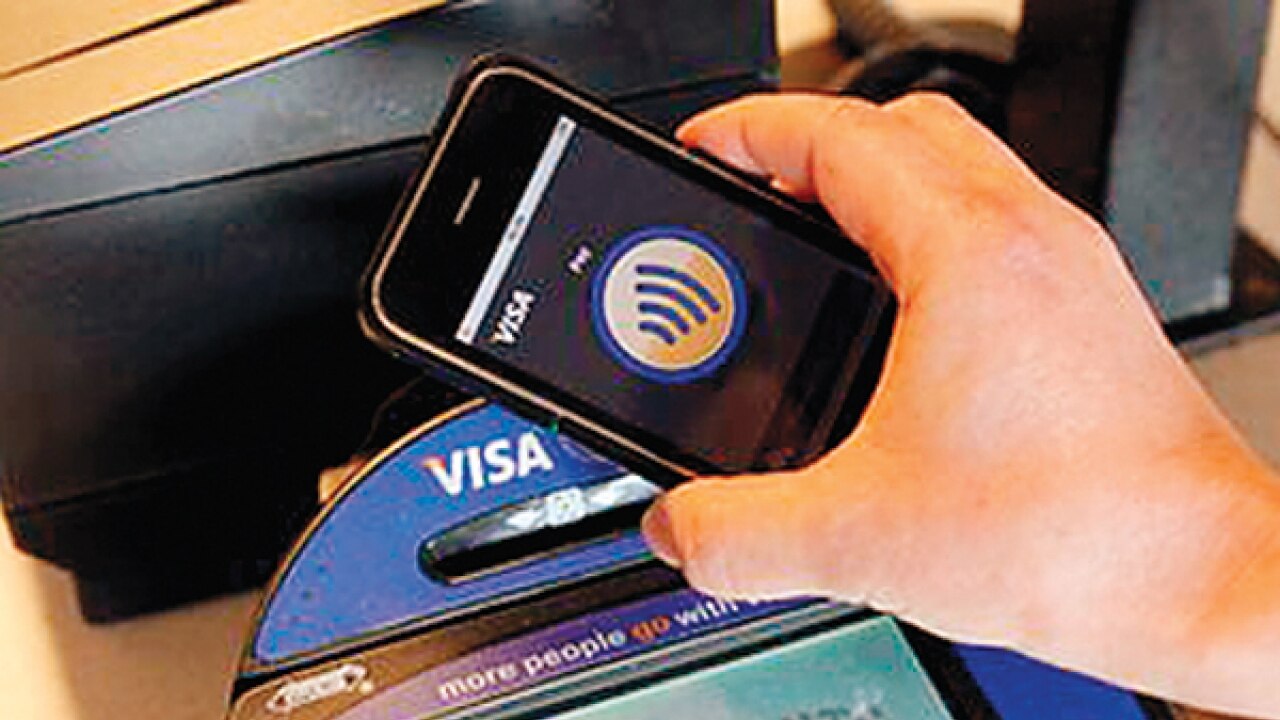
John Reed once stated "Banking is just about bits and bytes". However, it is important to place these bits and bytes in the right places to service banking needs amidst the changing customer dynamics and catapult the industry into the next stratosphere of banking and payments.
The digital era applies to each aspect of life in different formats including governance, entertainment, lifestyle, payments, commerce, and banking is no stranger to it. Digital forays can help banks and financial institutions in terms of efficiency, accuracy, speed to process transactional volumes and thereby, seamlessly serve the masses. Digital payments also help propel commerce by offering convenience to the customers as well as assurance to online merchants with payments and advance commitments. Digital enablement brings a significant amount of efficiency in the eco-system by facilitating better resource utilization and allowing banks to reach beyond the physical reach in terms of branches.
At YES Bank, we recognize this fact and are continuously investing in all 3 pillars of digital banking – digitization, digital channels and data analytics. Organizations are aiming to "MANUATE" – move from manual to automatic processes, as this is the foundation to offer user friendly customer solutions through digital channels. When these channels are tightly integrated with social media and an analytics framework, the bank can quite easily create a 'customer delight' experience for its users.
Digital banking is also key to achieving financial inclusion, given that in India a branch network cannot reach every corner of our vast country. Frugal innovative applications of technology around payments and banking have already transcended geographical boundaries and created banking access to the hitherto unbanked population. With the increase in digital proliferation, more and more people will have access to formal banking services.
With the proliferation of mobile devices (150 million smart phone users) coupled with aggressive adoption of social media (close to 200 million users) in India, it is imperative that customers expect more banking and payment services on these channels. It becomes extremely important to get the mobility framework right as it forms the foundation of offering payments not only on these media, but also future interfaces like wearable devices and touchables. The world is moving towards the 'Internet of Things' where every device in a household would be smart and internet enabled, and in this context, an effective mobility framework is vital towards implementation and offering of banking services through these devices.
I also believe that pure play digital would not be the right approach to adopt for banks, and a more refined 'Digical – Digital + Physical' strategy which consists of a fine blend of online and offline channels would be the way forward for banks to adopt. In a 'Digical' approach, banks would continue to have physical locations where customers can get assistance from human touch-points as a means of offering effective and superior service excellence. Another key element of 'Digical' strategy is to build enterprise mobility solutions and equip the sales force with these solutions to render services at the customer's doorstep and also be ready to conduct 'business in motion'. This will also empower and increase the efficiency of the sales and service staff, thereby contributing significantly to the bank's productivity.
Given the rapid pace at which technology is changing, many major innovations in the payments sector have come from niche start-ups and financial technology companies across the globe. This makes it important for banks to form key strategic alliances and collaboratively work towards incorporating such technologies in their banking and payments services. It is impossible for a single institution to come up and embrace all the disruptive ideas and hence alliances play a very key role in creating new product offerings and also taking them to the end customer. While multiple technologies when orchestrated correctly could provide a symphony, same when wrongly structured could produce a cacophony and this is where it is important to strike right alliances and build customer centric solutions. At YES Bank, we firmly believe this and have adopted a A-R-T (Alliances, Relationships and Technology) approach where have identified a set of opportunities and pain points - we are on a continuous look out for such technologies to partner, build use cases around them and fill in the gaps/foster our service catalogue.
Lastly, one of the most vital aspects to be considered while adopting new technologies in payments is to ensure maximum security, because naturally this becomes key to the adopting of these technologies. Security is also important to ensure that customers do not lose faith in the digital payments space and continue to perform transactions without the worry of any threats.
The next few years will certainly be very exciting for banks, with a beautiful interplay of various technologies that will change the banking and payments landscape in our country and across the world.
The writer is MD & CEO, YES Bank